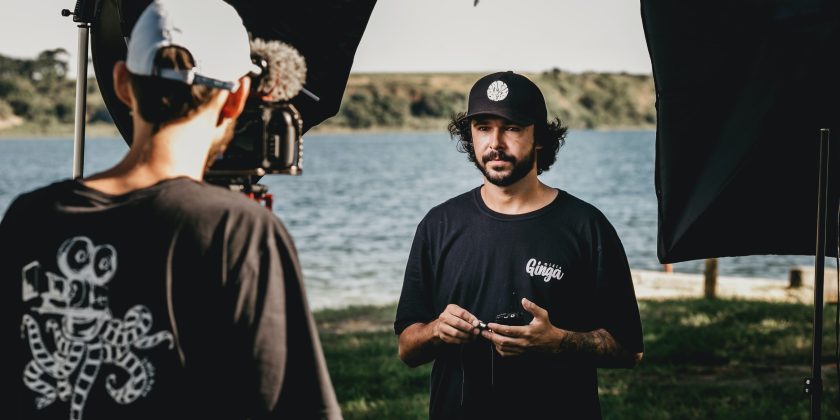How Executives Can Master On Camera Presence
The camera lens has become the conduit through which executives project their leadership, knowledge, and charisma to a global audience. Mastering camera presence is no longer a mere add-on to an executive’s skill set; it’s an essential trait that empowers leaders to connect, inspire, and influence virtually. This article takes a comprehensive journey into the intricacies of camera presence, exploring the psychological foundations, practical techniques, and real-world applications that help executives excel when facing the lens.
The Psychological Landscape: Unpacking the Layers
Camera presence is not just about knowing your subject matter; it’s about navigating the complex psychology of communication in a virtual realm. The following psychological aspects are crucial to consider:
1. Cognitive Dissonance: The disconnect between addressing a camera and imagining a live audience can breed apprehension. Overcoming cognitive dissonance involves shifting your focus from the lack of physical presence to the weight of your message and its potential impact.
2. Mirror Neurons in Virtual Space: Just as in face-to-face interactions, mirror neurons come into play during virtual communication. Executives should pay close attention to conveying authentic emotions, as these mirror neurons encourage viewers to resonate with their expressions and energy.
3. Self-Presentation Theory in the Virtual Age: The virtual environment demands strategic self-presentation. Executives need to align verbal cues, nonverbal signals, and visual elements to consistently project their intended image while retaining their authenticity.
4. The Power of Perception: The camera lens magnifies subtle cues, making gestures and facial expressions more prominent. Executives must recognize how these nuances affect audience perception and utilize them to their advantage.
Strategies for Executives Mastering Camera Presence: Unleashing Your Potential
- Visualization Techniques: Visualization isn’t just for athletes; executives can use it to enhance their camera presence. Spend time mentally rehearsing your performance, envisioning yourself speaking confidently, connecting seamlessly with the lens, and evoking positive audience reactions.
- Breathing and Relaxation Exercises: Pre-camera jitters can disrupt your composure. Adopt deep breathing and relaxation exercises to manage anxiety and maintain control over your energy and delivery.
- The Power of Mindfulness: Incorporate mindfulness practices into your preparation routine. Being present in the moment during virtual interactions enhances your capacity for genuine engagement and connection.
- Feedback Analysis as a Growth Tool: Regularly review your recorded sessions to glean insightful feedback. Analyze elements such as your tone, pacing, body language, and overall delivery. This iterative process helps identify areas for improvement and track your progress.
More Strategies Executives can Use
- Emotional Intelligence in the Virtual Space: Developing emotional intelligence equips executives to manage their emotions effectively while on camera. This skill enables you to project authenticity while handling nervousness or unexpected emotional triggers gracefully.
- Simulated Environments for Real Results: Set up simulated environments that mimic real interactions. Engage in practice sessions with colleagues or mentors who can provide constructive feedback, enabling you to refine your camera presence.
- The Transparency Advantage: Don’t hesitate to admit your nervousness to your virtual audience. Such authenticity not only humanizes you but also alleviates the pressure to maintain an air of perfection.
- Crafting Engaging Narratives: Storytelling is a potent tool in virtual presentations. Integrating narratives into your content captivates your audience’s attention, fosters emotional connections, and bridges the digital divide.
- Adapting to the Medium: Recognize the unique features of virtual communication. Utilize concise language, harness visual aids effectively, and adjust your energy levels to sustain viewer engagement.
Conclusion: Carving a Path to Mastery
Mastering camera presence is a multidimensional pursuit that fuses psychology, meticulous preparation, and practical application. Executives who strive to forge genuine connections through the virtual lens can navigate challenges with authenticity and finesse. By understanding the psychological underpinnings and implementing actionable strategies, executives can confidently exude their expertise, passion, and leadership across screens and boundaries. As technology evolves and communication methods shift, the art of camera presence remains an invaluable asset for contemporary executives, enabling them to impactfully communicate their vision and wisdom to a global audience.




